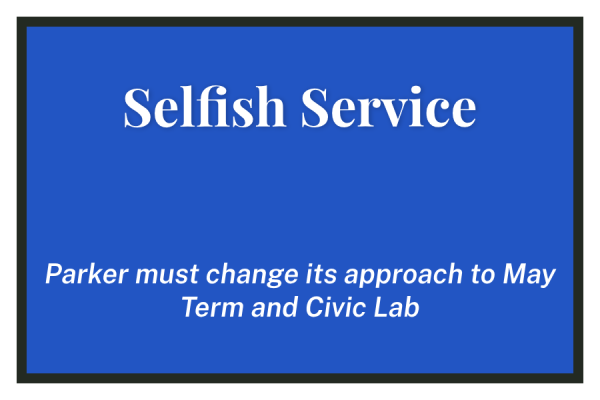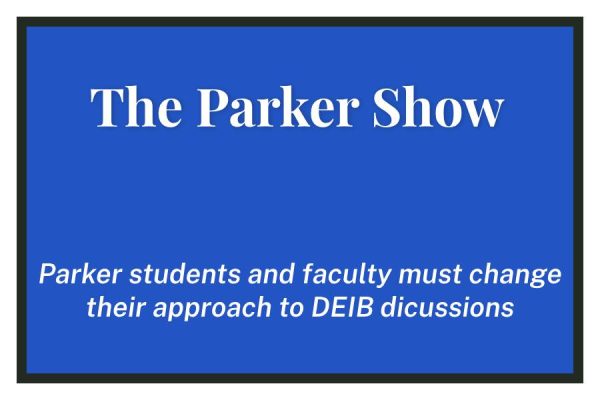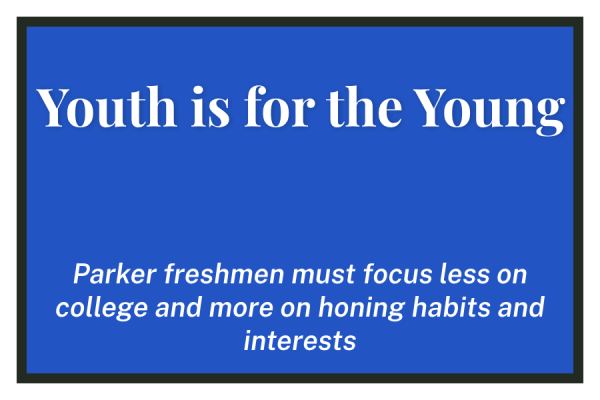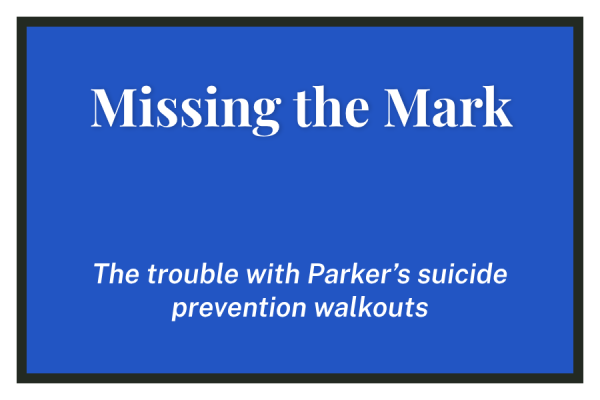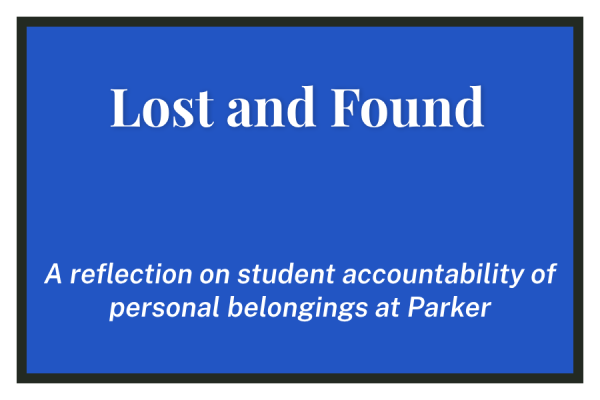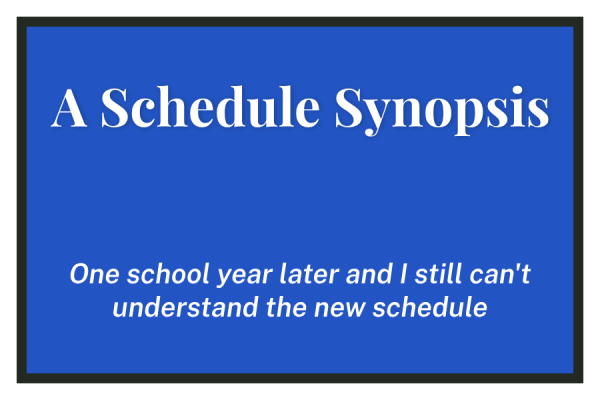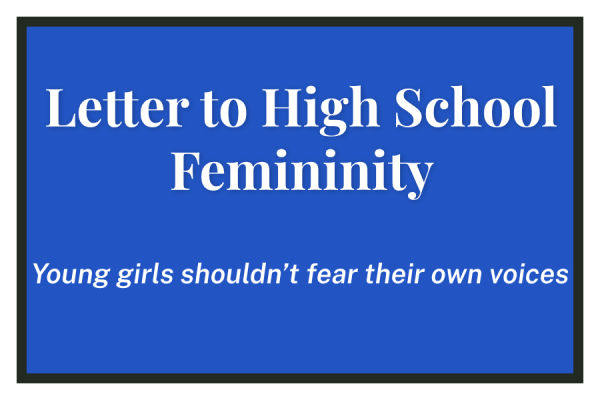The Hidden Parker Tuition
Issue 4 Editorial
As Parker moves into the future, the fee of $90 has been removed from the application process. Families that may have once been turned away from applying due to the cost of simply applying to the school, now can apply–for both a place and financial aid–without any financial obstacle. While the removal of this cost may open up opportunities for the school to diversify, there are hidden costs in our tuition that are not generally acknowledged.
If the school wants to be as economically accessible as possible, we must face–and scrutinize–these hidden costs.
In its mission statement, Parker describes itself as a school that is “deliberately composed of a diverse group of people so that we can learn how to honor the dignity and experience of every human being.” While the school makes an effort to provide equal opportunities for students no matter their race, socioeconomic status, gender, or sexual orientation, the very nature of this school–its offering of so many experiences, many of which add cost to families–makes this goal difficult to reach.
Our school takes pride in the fact that 20% of the student population is able to attend the school in part due to the $3.6 million set aside for financial aid. But is Parker really supporting the students in between those supported tuition checks?
For many classes, teachers often request costumes, poster boards, and many other special materials that students must purchase for assignments. It seems that teachers don’t think twice about the money they expect students to be able to spend. But the cost of materials involved in Parker’s classes, as well as its extracurriculars, isolates–or further isolates–a group of students with limited financial aid. It also prevents some students from taking part in various trips and experiences.
Even though financial aid is given according to need, there isn’t enough money to cover every trip, purchase, or experience that students might need assistance with. For Model United Nation trips alone, the national trip can cost anywhere from $2,000 to $2,500–and the international trip $3,000 to $3,5000. While the rule of one trip per student for students on financial aid has been revoked, there still isn’t enough for every financial aid student to attend all the trips they would like. This problem–or student anticipation of the problem–may prevent students from even joining certain clubs.
According to the financial aid brochure, Parker allocates $3.6 million to the scholarship fund, and an average of $23,000 per student in grades JK-12. But with additional costs and fees, the total tuition for a student in JK, the least expensive year, is $28,560. This means that a student receiving the average financial aid amount is still required to pay over $5,000 of tuition–and that’s only in JK. As a student progresses through the school, tuition steadily increases to $36,120 for a student in the twelfth grade. In total, the tuition increases a total of $7,560 dollars.
Families must pay a new-student fee of $100 and a Parents Association fee of $40. They also must pay–or typically pay, or may want to have the option to pay–for school supplies, lunches, Parker PM services, music lessons, and more. And all this in addition to the Annual Giving amount that the school asks from families each year.
Even though many of these extracurricular costs are not mandatory for every student, it is unfair for students to feel they cannot participate due to their economic status.
Students should not feel they have to participate in fewer activities simply because the financial aid support cannot assist them in all the costs. Even though the Admissions office can provide help for some costs, these contributions fall short.
If Parker wishes to encourage a more diverse population of students on financial aid, then the school needs to be more clear from the start about the hidden costs not included in the tuition. As the school plans to expand in the coming years, will it be more transparent in this regard? Will it work to support students with these hidden costs? Where will this money come from?
If the student body increases, and when the tuition increases, as it most certainly will, the school must rise to these challenges.


